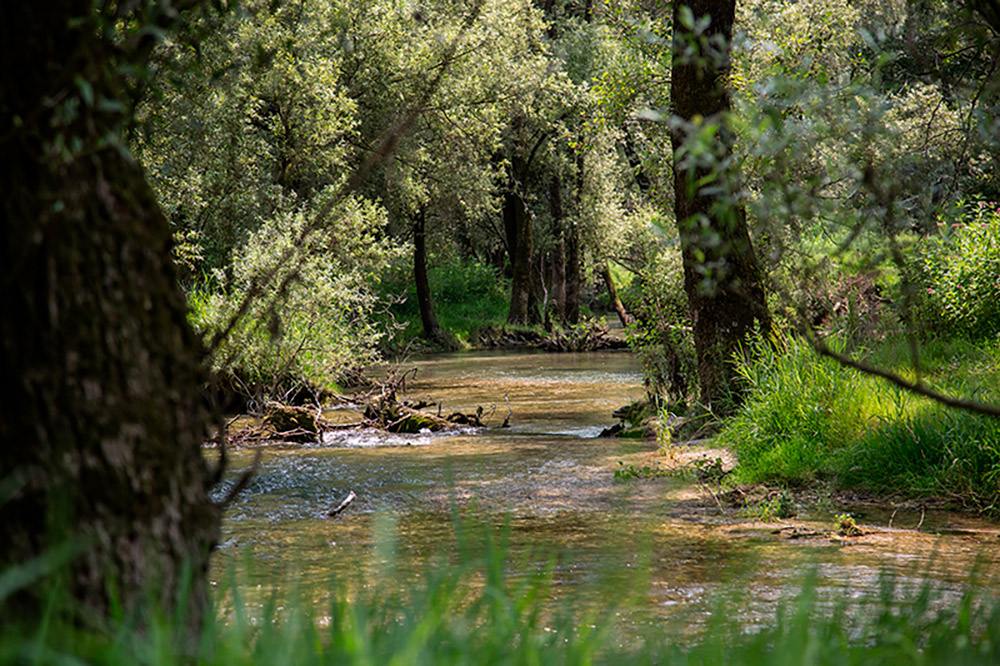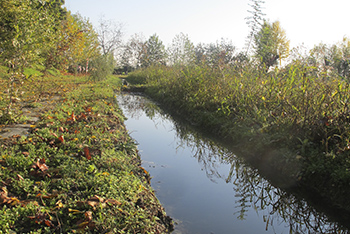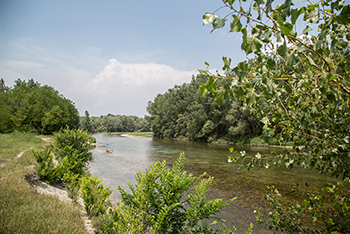In an age where the trend in the allocation of public funds for environmental protection is continuously decreasing, the need arose to find a stable source of resources dedicated to investments for nature: an environmental fund for Brenta.
The contributions will be collected through the water tariff managed by Etra, providing that a part of the same will compensate for the environmental damage generated by the water withdrawal activities.
The fund will allow for multiple activities:

Implementation of a management plan for the Natura 2000 site

Biodiversity and water resource conservation interventions

Monitoring and surveillance

Incentives for the dissemination of good practices in the agricultural sector
Payments for Ecosystem Services
Ecosystem services are the benefits that ecosystems provide to mankind; those related to water resources include, among others, drinking water supply, irrigation, flood damage mitigation and water purification.
The establishment of an environmental fund for Brenta represents a so-called “Payment for Ecosystem Services” (PES), a tool that creates a new market by generating an economic exchange between those responsible for providing an ecosystem service (ie a benefit produced by the environment for humans) and those who use it (for example citizens or private companies).
The novelty of the tool lies in the fact that it generally benefits from free ecosystem services, while it would be right for those who pollute or those who use a natural resource to contribute to its maintenance and improvement.
The idea of the environmental fund arises from the introduction of the so-called Environmental and Resource Costs (ERC) in the recent legislation of the water sector (2000/60 / EC, DM n.39 / 2015), which, it is said, must be calculated and included in the water tariff. In practice, these are forms of compensation for the damage that the use of the resource causes to the environment and for the missed opportunities imposed on other users following the same use.
After a first phase of development of an ad hoc methodology for the calculation of the ERC, the project activity will concern the planning of the conservation interventions necessary to compensate the ERCs and the updating of the Area Plan by integrating these types of interventions.